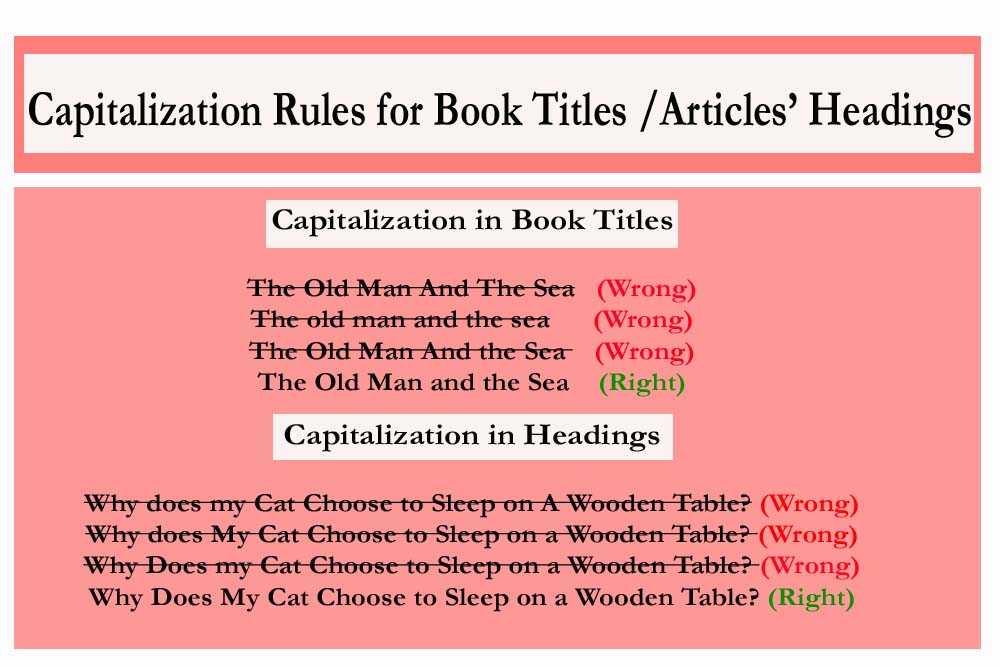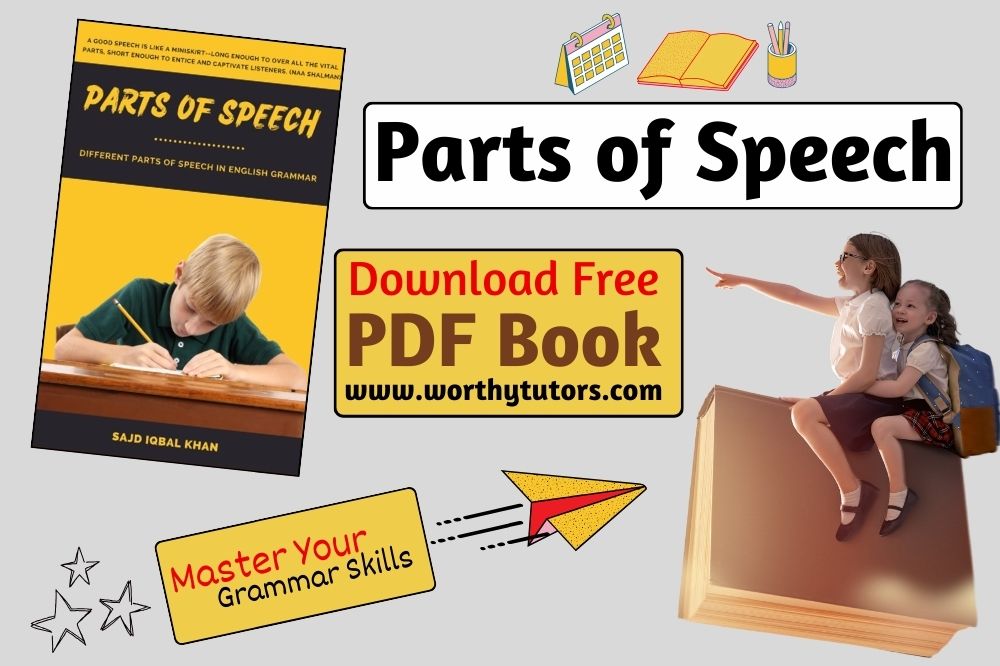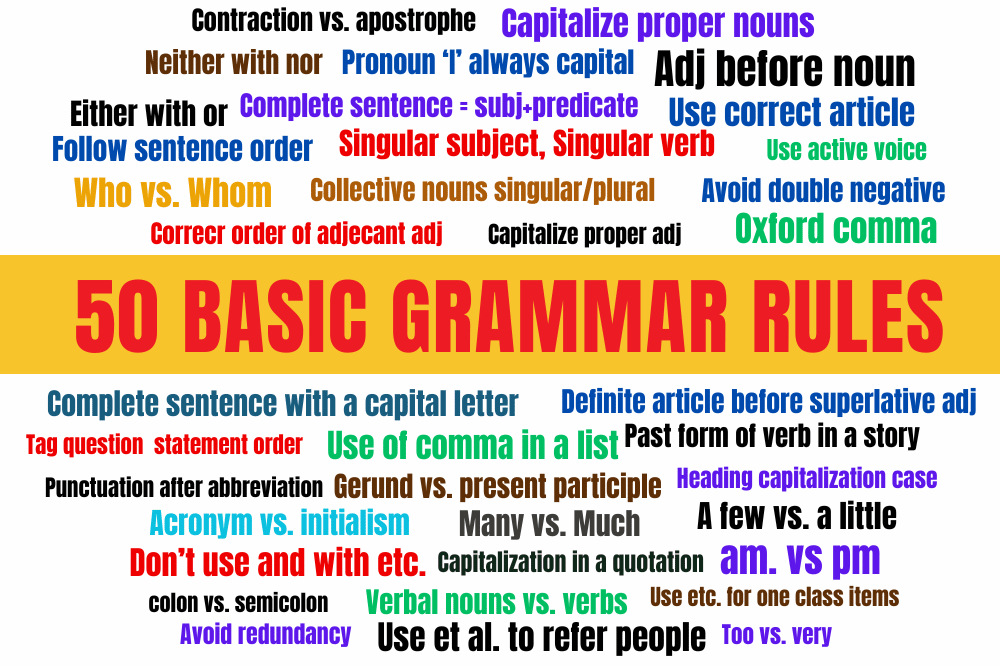
Capitalization in Book Titles / Articles’ Headings
Which Words Should You Capitalize in Book Titles and Articles’ Heading?
Titles of books and heading in articles have special rules for capitalization in English Grammar. Title capitalization is different from sentence capitalization. We do not capitalize only first letter or proper nouns for book titles /articles’ heading as in the case of sentence capitalization rules but we capitalize all major words and words longer than four letters. However, there are some variations according to style that you are following in your writing. In this article, we will discuss all major title capitalization styles.
What Is Title Capitalization?
Title capitalization is the form of capitalization of words in a title of a book, heading of an article, name of a movie, song names, in title of a novel/play/story, or in other works. Most common form of title and headline capitalization is found in four major title capitalization styles.
In title capitalization, all the major/important words are capitalized regardless of any style.
Major/important words in title case capitalization are adjectives, adverbs, nouns, pronouns, and verbs. All these words are capitalized in book titles.
Examples:
- The novel Animal Farm is an allegory.
Words that are not capitalized in title are articles, conjunctions, and prepositions. In some writing style guides, prepositions longer than four or five letter and subordinating conjunctions are capitalized.
Examples:
- Evil Tree on the Land
- The Return of Mgofo
Four Main Writing Styles
As we have already mentioned that rules to capitalize a book title or heading in your paper depends on style guide that you are following. Here are the four main writing styles.
Main four writing styles for title capitalization are: APA, Chicago, AP, and MLA.
1. APA: American Psychological Association
APA is most commonly used writing style among all the writing styles. It is used in academic editing, especially the social sciences.
2. Chicago: Chicago Manual of Style
This capitalization style is used in journalism.
3. AP: The Associated Press
AP is mainly used by writers for the Associated Press but it is also preferred in journalism, media, and corporate communication.
4. MLA: Modern Language Association
MLA headings is perfect for scholarly articles.
Common Rules for Title Case Capitalization That Follow All Writing Styles
- Capitalize the first letter of each and every title.
- Capitalize the last word regardless of what part of speech that is.
- Capitalize all nouns either a common noun or a proper noun.
- Capitalize all verbs (even short ones, like is, am are).
- Capitalize all phrasal verbs.
- Capitalize all adverbs.
- Capitalize all adjectives.
- Capitalize all pronouns.
- Lowercase articles (a, an, the).
- Lowercase short prepositions. (e.g. in, on, at)
- Lowercase coordinating conjunctions. (for, nor, or, and, but, yet, so)
Differences Between Title Capitalization Rules by Style for Use of Prepositions and Conjunctions
You will find similarities between each style guide but it’s important to pay attention to their differences. These are the some specific rules and special conditions you should consider when writing in a specific style guide.
Chicago Manual of Style
- All prepositions are lowercase unless they are the first or last word of the title.
- Capitalize all subordinating conjunctions. (after, although, as, as if, because, before, how, if, since, than, though, unless, until, when, where and while are subordinating conjunctions)
- Lowercase coordinating conjunctions. (for, nor, or, and, but, yet, so)
- Lowercase the second word after a hyphenated prefix in compound modifiers (e.g., Mid-year, Anti-hero, etc.)
- Capitalize the words yet and so in Chicago style.
American Psychological Association (APA)
- In the APA style, all prepositions with five letters or more are uppercase in a title.
- Lowercase all coordinating conjunctions. (for, nor, or, and, but, yet, so)
- Capitalize subordinating conjunction longer than four letters (e.g., although, because, before, since, though, unless).
- Lowercase subordinating conjunctions shorter than four letters. (e.g., as, as if, how, if,)
- Lowercase the second word after a hyphenated prefix as in the Chicago Manual of Style.
Modern Language Association (MLA)
- In MLA style, prepositions consisting on four or more letter are always capitalized.
- Prepositions of three letters or fewer are always lowercase. The exception here is if they are the first or last word of the title.
- Capitalize all subordinating conjunctions in MLA.
- Lowercase all coordinating conjunctions. (for, nor, or, and, but, yet, so)
The Associated Press (AP) Stylebook Capitalization Rules
- AP style capitalization is mainly used by writers.
- Lowercase all coordinating conjunctions. (for, nor, or, and, but, yet, so)
- Lowercase the second word in a compound modifier (e.g., Mid-year or On-site).
- Capitalize words with four or more letters (including conjunctions and prepositions).
- Capitalize the word ‘to’ in an infinitive (e.g., I Want To Sing After Dinner).
- Lowercase subordinating conjunctions shorter than four letters
You Might Be Interested In
- Opening and Closing Paragraph in Essay
- What is Precis Writing? Examples of Precis
- What is an Oxford or Serial Comma?
- Assignment Writing Tips For Good Marks
- Stunning Facts About English
Parts of Speech in English Grammar


